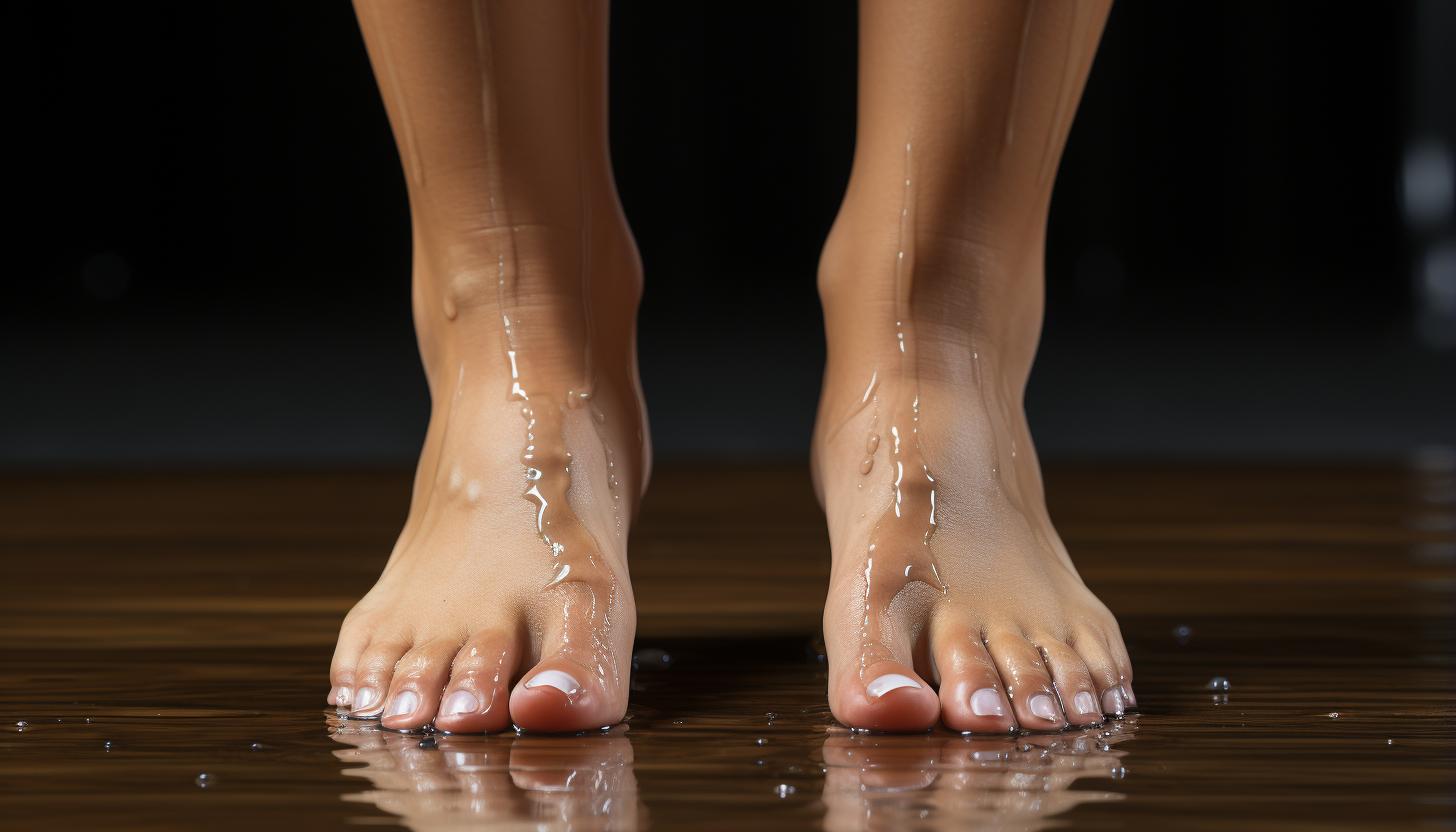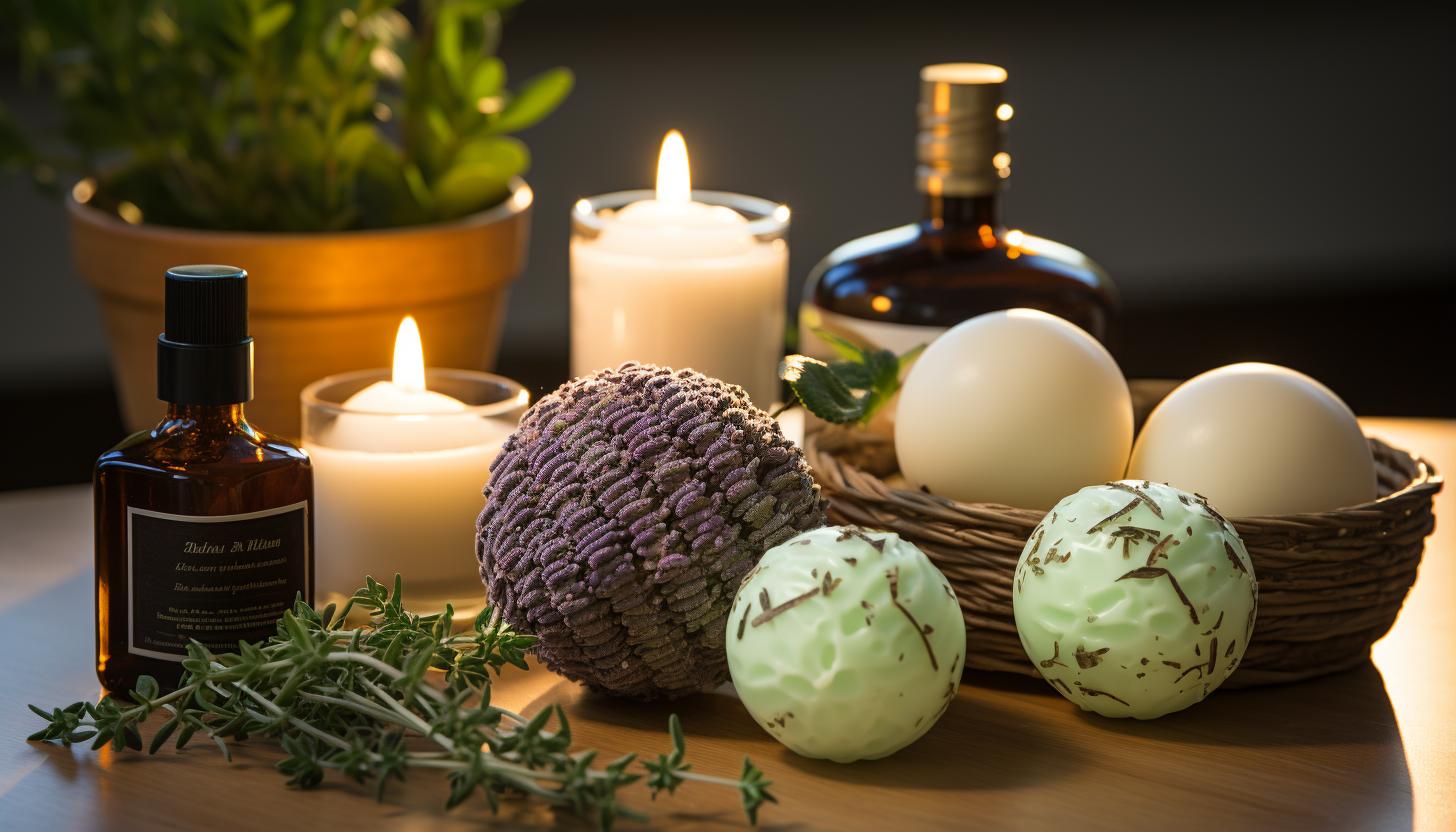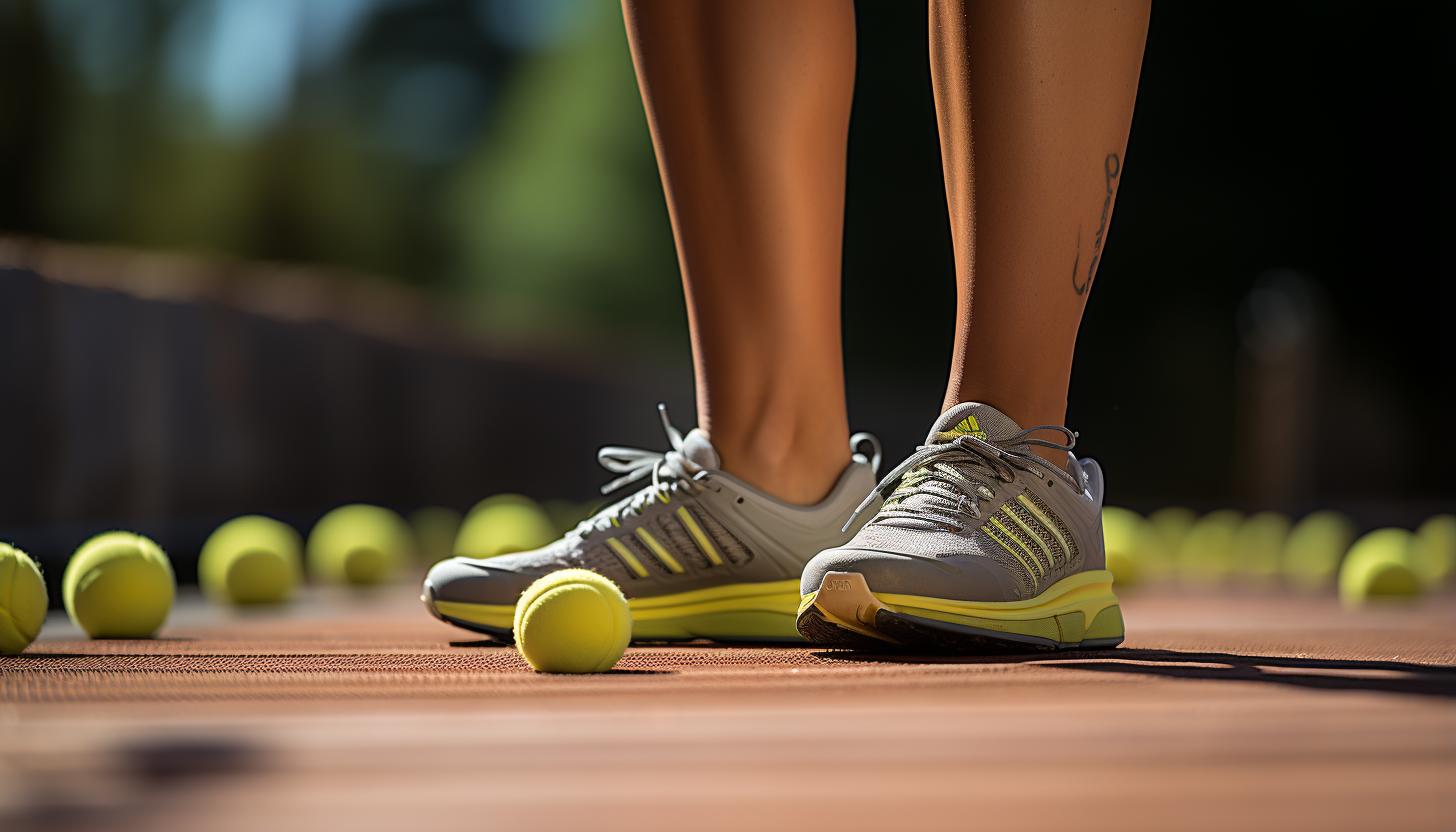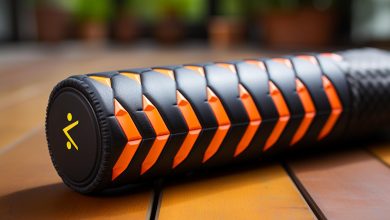Self-Massage Techniques for Plantar Fasciitis Relief

Are you tired of dealing with the pain and discomfort of plantar fasciitis?
Imagine being able to relieve that nagging ache in your feet with a simple self-massage technique.
In this article, we will guide you through step-by-step instructions on how to effectively massage your plantar fascia for immediate relief.
Whether you’re an athlete or spend long hours on your feet, these techniques are designed to provide the much-needed comfort you’ve been searching for.
Say goodbye to foot pain and hello to relaxation!
Understanding Plantar Fasciitis

Plantar fasciitis is a common condition where the plantar fascia, a thick band of tissue in your foot, becomes inflamed and causes heel pain. Understanding the causes and risk factors of plantar fasciitis can help you manage and prevent this condition effectively.
One of the main causes of plantar fasciitis is excessive or repetitive strain on the plantar fascia. This can result from activities such as running, jumping, or standing for prolonged periods. Other risk factors include having flat feet or high arches, wearing improper footwear that lacks support or cushioning, being overweight or obese, and having tight calf muscles or Achilles tendons.
It is important to address some common misconceptions about plantar fasciitis. Contrary to popular belief, it is not caused by a single incident such as stepping on a sharp object. It develops gradually over time due to repetitive stress on the foot. Additionally, it is not limited to athletes; anyone can develop plantar fasciitis.
Benefits of Self-Massage for Plantar Fasciitis Relief

One of the advantages of performing self-massage for plantar fasciitis is that it can help alleviate discomfort in the foot. By targeting the affected areas, you can effectively reduce inflammation and improve circulation, which are essential for healing and pain relief. Self-massage techniques allow you to have control over the pressure applied to your foot, ensuring a comfortable experience while still achieving therapeutic benefits.
When it comes to reducing inflammation, self-massage helps by increasing blood flow to the affected area. This increased circulation brings oxygen and nutrients to the tissues, promoting healing and reducing swelling. Gentle kneading or rolling motions with your hands or using massage balls can be effective in stimulating blood flow and reducing inflammation.
Improving circulation also aids in relieving pain associated with plantar fasciitis. The increased blood flow helps flush out toxins and waste products from the tissues, reducing discomfort and promoting a faster recovery. Massaging your foot regularly can provide ongoing relief from pain caused by plantar fasciitis.
To further enhance your self-massage sessions for plantar fasciitis relief, there are recommended tools and oils that you can incorporate into your routine. These tools include massage balls or rollers specifically designed for foot massage, as well as handheld massagers with different attachments to target specific areas of discomfort. Additionally, essential oils such as lavender or peppermint oil can be used during self-massage to provide a soothing effect and enhance relaxation.
Incorporating these recommended tools and oils into your self-massage routine will not only amplify the benefits but also contribute to a more enjoyable experience overall.
Recommended Tools and Oils for Self-Massage

Incorporating recommended tools and oils can enhance the effectiveness and enjoyment of your self-massage routine for plantar fasciitis relief. Using the right tools can provide targeted pressure to release tension in the affected area, while essential oils can offer soothing benefits and promote relaxation.
When it comes to tools for self-massage, a foam roller is a popular choice. By rolling your foot over the foam roller, you can apply gentle pressure to the plantar fascia, helping to stretch and release any tightness or knots. Another useful tool is a massage ball or lacrosse ball. Simply place it under your foot and roll it back and forth to massage specific areas.
Essential oils can also be beneficial in relieving pain and inflammation associated with plantar fasciitis. Peppermint oil has cooling properties that help reduce discomfort, while lavender oil promotes relaxation and helps calm any muscle tension. To use essential oils during your self-massage routine, dilute a few drops in a carrier oil like coconut or jojoba oil before applying them directly to your feet.
Remember to always consult with a healthcare professional before incorporating new tools or essential oils into your self-massage routine. With the right tools and oils, you can enhance the effectiveness of your self-massage routine for plantar fasciitis relief, allowing you to experience greater comfort and mobility in your daily activities.
Step-by-Step Self-Massage Techniques for Plantar Fasciitis

To start your self-massage routine, begin by applying a small amount of oil to the affected area and gently rubbing it in with your fingertips. This will help warm up the muscles and prepare them for the massage. Once you have applied the oil, try these self-care techniques and stretching exercises to alleviate plantar fasciitis pain:
– Foot Roll: Place a tennis ball or golf ball on the ground and roll your foot over it. Apply gentle pressure as you roll back and forth, targeting the arch of your foot.
– Toe Stretch: Sit down and cross one leg over the other. Use your hand to pull back on each toe individually, stretching out the bottoms of your feet.
– Calf Stretch: Stand facing a wall with one foot in front of the other. Lean forward, keeping both heels on the ground, until you feel a stretch in your calf muscles.
These self-massage techniques can help relieve tension, increase blood flow, and promote healing in the affected area. Remember to listen to your body and adjust the intensity of each exercise as needed.
Tips for Preventing and Managing Plantar Fasciitis

If you want to prevent or manage plantar fasciitis, it’s important to prioritize proper footwear and avoid wearing shoes that lack support. The right shoes can make a world of difference in preventing foot pain and discomfort. Look for shoes with good arch support, cushioning, and a firm sole. Avoid high heels or flat shoes that offer minimal support.
Additionally, incorporating specific exercises into your daily routine can help prevent the development of plantar fasciitis or manage existing symptoms. Regular stretching exercises for the calf muscles and plantar fascia can improve flexibility and reduce the risk of injury. Simple stretches like toe curls, toe pulls, and wall calf stretches are effective in preventing the tightening of these muscles. Strengthening exercises such as towel scrunches or marble pickups can also help build strength in the foot muscles and provide better support to the arch.
When managing plantar fasciitis, it is crucial to continue wearing supportive footwear even after symptoms subside. This will help maintain proper alignment and reduce any potential strain on the plantar fascia.
Remember to consult with a healthcare professional before starting any new exercise regimen or making changes to your footwear routine. They can provide personalized recommendations based on your specific needs and medical history.
Conclusion
In conclusion, self-massage techniques can be a powerful tool in providing relief for plantar fasciitis. By using the recommended tools and oils, you can target the affected areas with precision and alleviate pain.
The step-by-step instructions provided give you a clear roadmap to follow, ensuring that you are effectively treating your condition. Remember to incorporate these techniques into your daily routine to prevent future flare-ups and manage plantar fasciitis effectively.
Imagine the soothing sensation of massaging away discomfort, allowing you to walk freely and comfortably once again.






